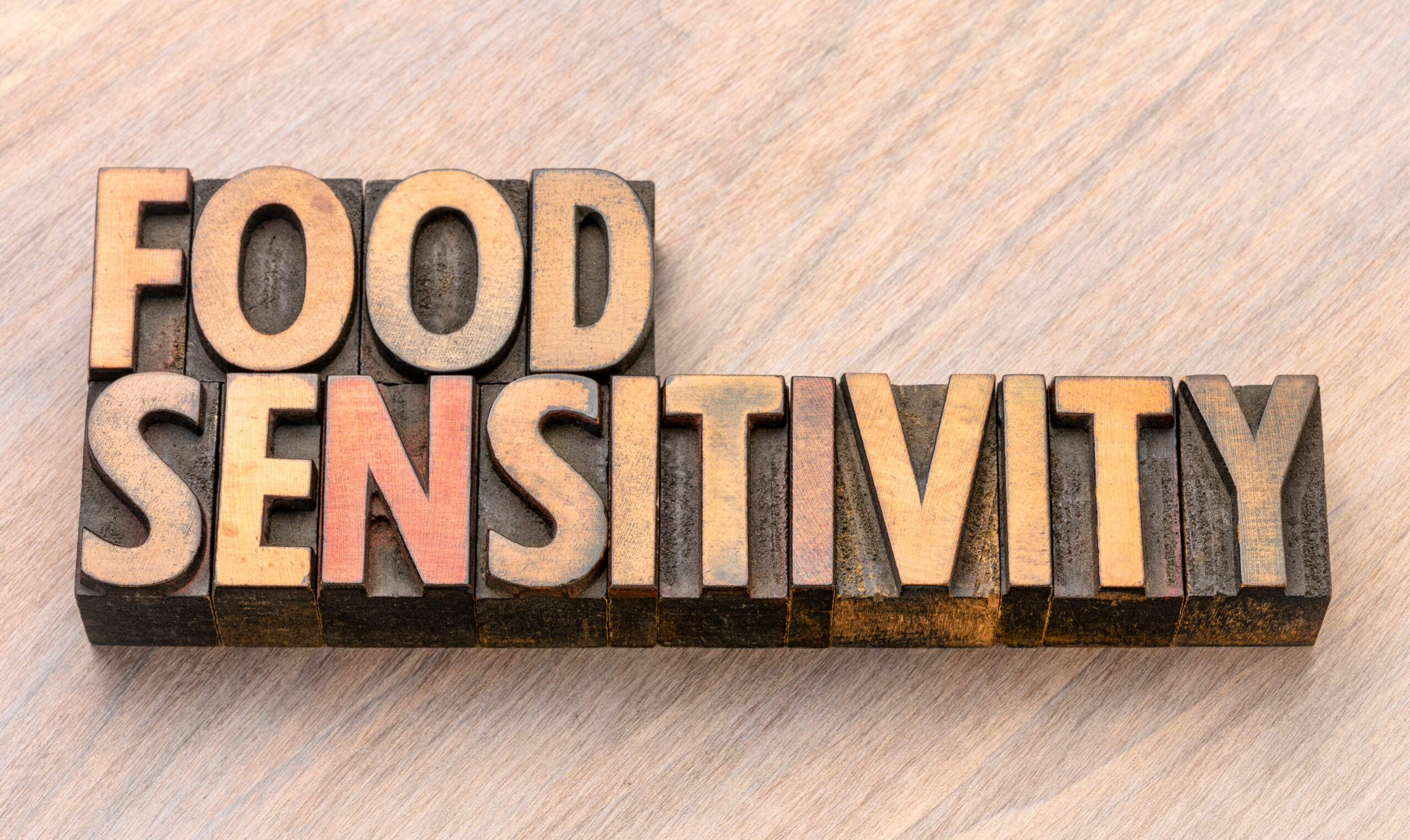If you are considering undergoing food sensitivity testing, there are a few important things you should know before deciding whether to test and how to get the full benefit of testing.
Leaky Gut
Intestinal permeability, or leaky gut, is the main cause of the development of food sensitivities. Leaky gut can also cause acid reflux. Undigested food passes through the wall of the small intestine, and the body’s immune system perceives this as a foreign substance and starts to make antibodies. Once the immune response is active, each time you eat the food, inflammation will occur in the gut and can lead to an imbalance in the microbiome.
Most of the time, I will work with a patient on fixing the gut issues and then the food sensitivities will resolve. If gut function is restored and the patient is still reacting to foods, then we can test further. Many times the patient will be better able to determine which foods are causing reactions when the digestive system is functioning better. It is very hard to determine what foods may be setting you off when the stomach is upset all the time. In addition, these responses can be delayed up to 48 hours after ingesting the food, making it hard to identify the culprit.
IgA vs IgG Antibodies Testing
Food intolerances or sensitivities are an immune response to either immunoglobulin G (IgG) or immunoglobulin A (IgA). Most tests provide IgG antibodies, but the IgA antibodies indicate possible mucosal damage from food as our IgA antibodies provide protection from mucosal damage. If IgA is high on a stool test, then it indicates the probability of food sensitivities.
Different from a food sensitivity, a food allergy would be an immune response to immunoglobulin E (IgE) and is typically an immediate response. If I feel a patient is having an immediate response to a food, I send them for testing while still avoiding the food.
Raw Organic Antigen Testing at Protein Level
If the lab test is not using raw organic antigen at the protein level it may affect the variability of the test. This is more expensive for labs to utilize for their proteins, but it is important to find out ahead of time.
After Food Sensitivity Testing
Here are a few options for you to consider once you’ve tested:
Avoid foods
For 6 weeks, avoid foods that you find trigger your sensitivity. Then, slowly add them back in 1 at a time waiting 4 days between adding another avoidance food while keeping a journal of symptoms. The food must be strictly avoided for the 6 weeks to help lower the immune response, and this takes discipline to accomplish.
Rotation diets
In general, we should be eating a rotated diet- meaning not eating the same foods day after day. This helps prevent food sensitivities as well as provides well rounded nutrition for the body. I very rarely recommend a rotation diet for food sensitivities unless someone has significant low level sensitivities. Mainly as this is hard to do and does not fix the issue. However, it can help lower inflammation.
NAET® (Nambudripad’s Allergy Elimination Technique)
NAET is a gentle, non-invasive allergy treatment that uses a combination of Eastern acupressure techniques that can help alleviate sensitivities and allergies. When the body comes into contact with an allergen, the nervous system is the first to be triggered. The nervous system then triggers an immune response. NAET removes the nervous system response to an allergen and therefore lowers histamines and the immune system response. For food sensitivity treatments, the food just needs to be avoided for 25 hours after treatment and it is cleared.
If you would like to order food sensitivity testing or a stool test visit our online lab ordering portal or contact us for guidance to the find the root cause of your issues.

